 News
News
Turmeric is also known as Khuong Hoang, the scientific name is Curcuma longa and is native to southeastern India and tropical Tamil Nadu .
The scientific name of turmeric “Curcuma” comes from Arabic.
Turmeric is distributed mainly in areas with temperatures ranging from 20 to 30 degrees Celsius with regular rainfall each year. They often grow wild in the forests of South Asia and Southeast Asia.
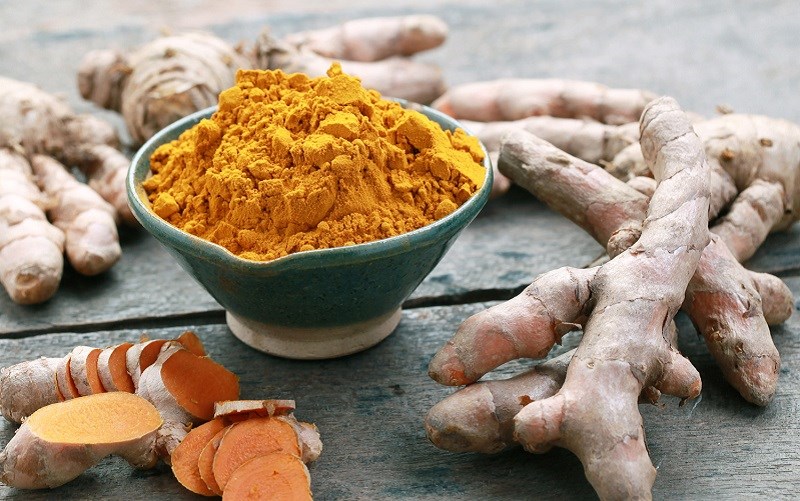
Turmeric is a herbaceous perennial plant that grows up to 1m tall. The tree forms a tall, cylindrical branch with alternate leaves, arranged in two rows, forming the leaf sheath, petiole and leaf blade.
In it, the leaf sheaths will form a fake turmeric stem. The petiole part is about 50 - 115cm long. The leaf blade is simple, 76 - 115cm long and about 45cm wide, oblong or elliptical, narrowed at the tip.
At the tip of the pseudo-stem plant will grow inflorescences with a length of 12 - 20cm. If the tip does not flower, the corn leaves will appear pale green, ovate or oblong, and the tip of the leaf will now be tapered.
Turmeric flowers are hermaphroditic, growing symmetrically on both sides, quite large in size and yellow in color. The open capsule has three compartments.
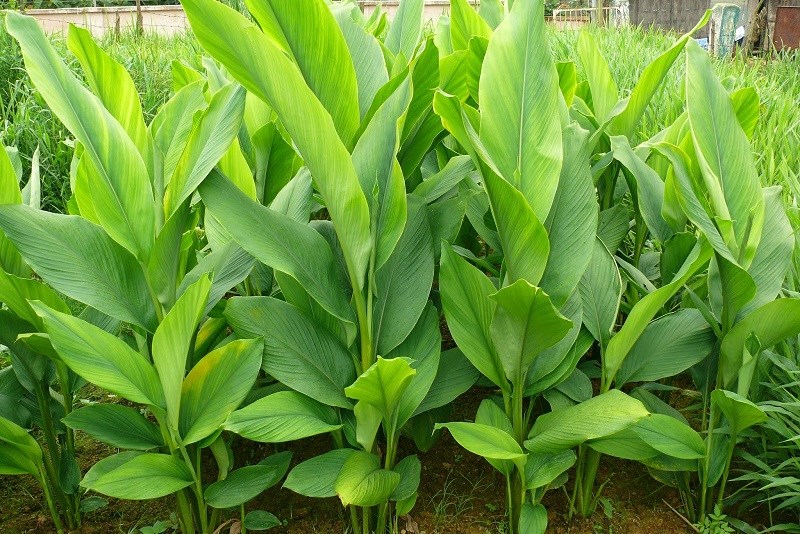
People grow turmeric to get tubers, can use the tubers directly for processing or grind into turmeric powder for preservation and long-term use by boiling turmeric for about 30-35 minutes, then drying in the oven and grinding. into powder. Turmeric has a slightly hot, slightly bitter taste like mustard.

Turmeric contains many natural compounds, especially curcumin, which is known for its many health benefits. Let's take a quick look at 13 outstanding uses of turmeric that you should know about turmeric as follows:
There are two types of inflammation in the body: acute inflammation and chronic inflammation. For acute inflammation, the duration is usually short and seems to benefit the body because it is a sign that your body is fighting harmful bacteria. However, if acute inflammation does not improve or persists, chronic inflammation can result.
Chronic inflammation is associated with many diseases such as metabolic syndrome , atherosclerosis , cancer , Alzheimer's, and several other degenerative conditions.
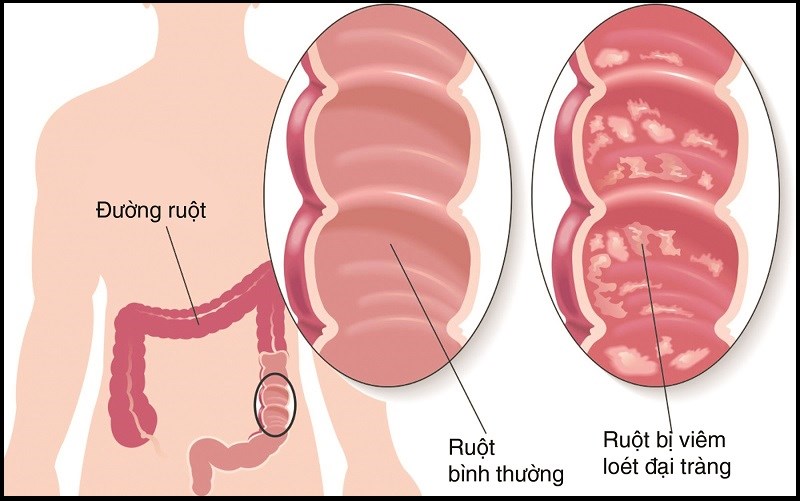
In fact, the curcumin contained in turmeric has powerful anti-inflammatory properties , even stronger than some other anti-inflammatory drugs. Evidence such as the results of a trial of 32 patients with chronic anterior uveitis showed that the number of people who took curcumin improved their condition significantly more than those who treated the disease with the drug.
Curcumin's activity just stops at the molecular level, which helps prevent the NF-kB molecule from entering the nucleus of your cells, while also activating genes potentially involved in inflammation .
Curcumin in turmeric is a powerful antioxidant that can neutralize free radicals that are responsible for aging and many other diseases.
Free radicals tend to react with important organic substances in your body such as fatty acids, proteins or DNA. So neutralizing free radicals will bring good health and avoid many diseases for you.
In addition, curcumin also contributes to enhancing the activity of antioxidant enzymes taking place in the body. This is the result of several tests on mice .
Moreover, the use of turmeric extract and curcumin compounds in mice was tested, the results showed that this method reduces oxidative stress and has a protective effect against chronic liver damage .

Curcumin contained in turmeric is once again effective in improving brain function. It can increase the hormone BDNF , which is a growth hormone and is active in your brain.
Specifically, curcumin has the ability to increase the growth of new nerve cells and fight various degenerative processes taking place in your brain.
In fact, neurons will increasingly form new connections, even in certain regions of the brain, they will be able to multiply themselves and increase the number of cells. In addition, several common brain disorders are related to BDNF hormone levels.
For example, it has been found that taking antidepressants can increase BDNF, thereby reducing depression . Or increasing the hormone BDNF also has a positive effect on dementia in older people like Alzheimer's disease .
It can be said that thanks to curcumin (contained in turmeric) will improve memory status as well as contribute to making you smarter and more lucid.

Curcumin is also effective in reducing the risk of cardiovascular disease because it acts as a strong anti-inflammatory and antioxidant, which improves the function of the endothelium (the inner lining of blood vessels).
Endothelial dysfunction is a major cause of heart disease, difficulty controlling blood pressure, blood clotting, and a number of other conditions.
Evidence, according to the results of a study of 32 postmenopausal women, shows that taking curcumin for 8 weeks has a positive effect on endothelial function like taking Atorvastatin, equivalent to an exercise regimen. during 8 weeks.
In addition, according to another study in 121 people undergoing coronary artery bypass surgery, the results showed that the group of people who took 4g of curcumin per day (before and a few days after surgery), reduced the risk of pain by 65%. heart.

The curcumin present in turmeric also helps prevent cancer and can even treat some cancers.
According to the results of many clinical studies , curcumin is a safe substance that can prevent the formation, promotion and metastasis of some cancers.
Moreover, curcumin has been studied and used as a natural herb beneficial in the treatment of cancer as well as influencing the growth, development and spread of cancer at the molecular level. .
At the same time, curcumin may contribute to cancer cell death , reduce tumor new blood vessel formation and the spread of cancer cells.
However, the use of curcumin is still being studied further for its potential to treat cancer in humans. Although there is reliable evidence that taking 4 grams per day (30 days) reduces colon damage by 40% in 44 men at risk of developing colon cancer.

Turmeric is used in the prevention and treatment of Alzheimer's disease because the compound curcumin has a positive effect on the functioning of the brain.
In other words, curcumin has both anti-inflammatory and anti-inflammatory effects and helps nerve cells avoid oxidative damage. It can even clear up amyloid plaques - the buildup of protein clumps that are the main cause of Alzheimer's disease.

Many studies show that taking curcumin can treat the symptoms of arthritis. even more active than taking some other anti-inflammatory drugs .
For example, the results of a clinical trial in 50 osteoarthritis (OA) patients who were given 200mg of curcumin each time, demonstrated the effectiveness of curcumin in the treatment of arthritis.

The use of curcumin in turmeric has the same positive effect on depression as you would take Prozac to treat it.
Specifically, in a trial of 60 people with depression , divided into 3 groups: the group taking the drug Prozac, the group taking 1g of curcumin and the group taking both the drug Prozac and taking curcumin for 6 weeks. The results showed that all three groups improved their depression equally.
In addition, curcumin can boost the brain's serotonin and dopamine neurotransmitters as well as improve brain hormone BDNF levels , both of which are beneficial in fighting depression.

Thanks to its significant curcumin content, turmeric can help prolong life . Because curcumin acts as a strong antioxidant , it helps people who eat turmeric to repel diseases by controlling and destroying free radicals , thereby bringing good health and significantly increasing longevity.

Due to the presence of antioxidants and some other ingredients with anti-inflammatory properties, turmeric helps to brighten the skin and improve the condition of the skin.
Therefore, you can think of applying a turmeric mask (maybe with some other ingredients like greek yogurt and honey) to improve skin luminosity.

Thanks to curcumin's anti-inflammatory and antioxidant properties, turmeric can help wounds heal. Many studies have shown that turmeric has a positive effect on tissue and collagen. In addition, information published in the Journal of Life Sciences also recommends that the use of turmeric or curcumin supplements will improve the condition of skin wounds effectively.

The anti-inflammatory properties of turmeric will unclog pores and soothe the skin as well as reduce acne and other scars caused by acne.

Turmeric has many uses to support the treatment of dermatological diseases such as:
Psoriasis: Control flares and other symptoms of psoriasis thanks to turmeric's antioxidant and anti-inflammatory properties. In addition, the National Psoriasis Foundation also shared that: add turmeric to the food to improve the condition besides using it directly.
Scabies: Indians have also used turmeric in the treatment of scabies for a long time because of its effectiveness.
In addition, turmeric also supports the treatment of eczema, hair loss, lichen flat, ....

Turmeric has many good uses for health, but overuse of turmeric will lead to some unwanted side effects such as:
Turmeric contains about 2% oxalate. When the body absorbs too much of this substance, it can cause kidney stones, especially in sensitive people and those who are suffering from kidney stones.
For example, according to the results of a study on 11 healthy people, aged 21-38 years old, taking place for 8 weeks, showed that people who ate turmeric had high levels of oxalate in their urine and may have an increased risk of developing cancer. more kidney stones than those who eat cinnamon.
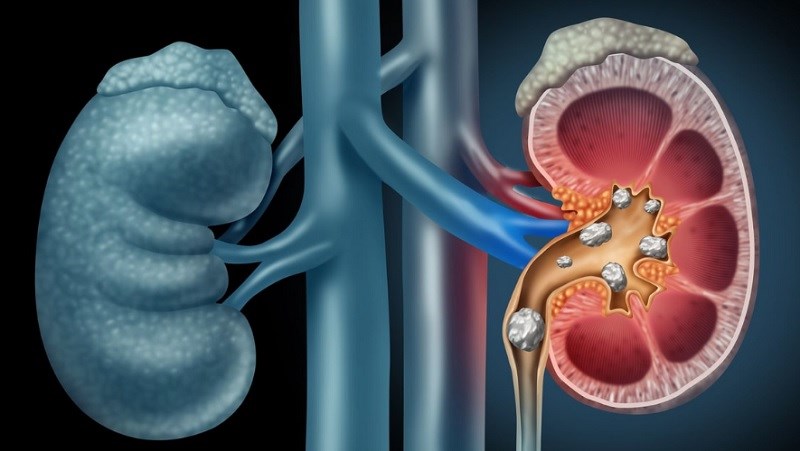
When consuming more than 1,000mg of curcumin found in turmeric, you may experience some mild digestive problems such as bloating, acid reflux and diarrhea.
For some people, consuming more than 45mg of curcumin contained in turmeric can cause nausea and headaches .
Allergic cases such as hives after eating turmeric are also very rare, but according to research results, if you consume more than 8,000mg of curcumin (found in turmeric), this side effect will occur.

Turmeric is a popular spice used in Asian cuisine and any Vietnamese family has turmeric in the kitchen. So let's go to the kitchen to prepare many delicious dishes from turmeric such as:
Braised chicken with lemongrass and turmeric has an eye-catching yellow color and a characteristic mild pungent taste of turmeric, the chicken has a moderate softness along with the sweet and salty taste of braised chicken broth. It is great to eat this dish with hot rice!

Turmeric roe has a very attractive golden brown color. When tasting caviar, you will feel the characteristic fatty taste of caviar, somewhere there is also a slight pungent taste of turmeric. This is probably the favorite dish of many people

This is a specialty that any Central person knows. Crispy pork belly combined with the pungent, smooth taste of turmeric and especially the characteristic aroma of compressed tubers. When eating fried intestines with turmeric, you cannot lack toasted sesame rice paper to increase the fatty flavor.

Fresh turmeric jam has a characteristic orange-red color, is dried by slugs with a crispy sugar layer on the outside and a thin, fragrant piece of turmeric inside. This is a jam that is good for health and easy to eat in the elderly.

Turmeric is also soaked with honey, which has many health benefits such as reducing menstrual pain, curing aches and pains, detoxifying or some symptoms related to the stomach. Turmeric honey can be taken directly or applied to the skin for beauty purposes such as treating dark spots, treating melasma, preventing acne, slowing down the aging process, ....
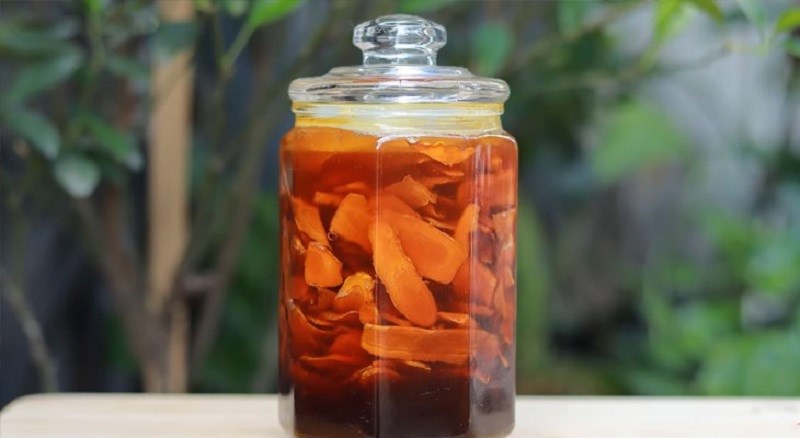
You can use turmeric to give your ice cream a special golden color and flavor. Turmeric cream is very easy to eat when combined with coconut milk or bananas, both bring a strange taste. Try your hand at trying these 2 ice creams!
